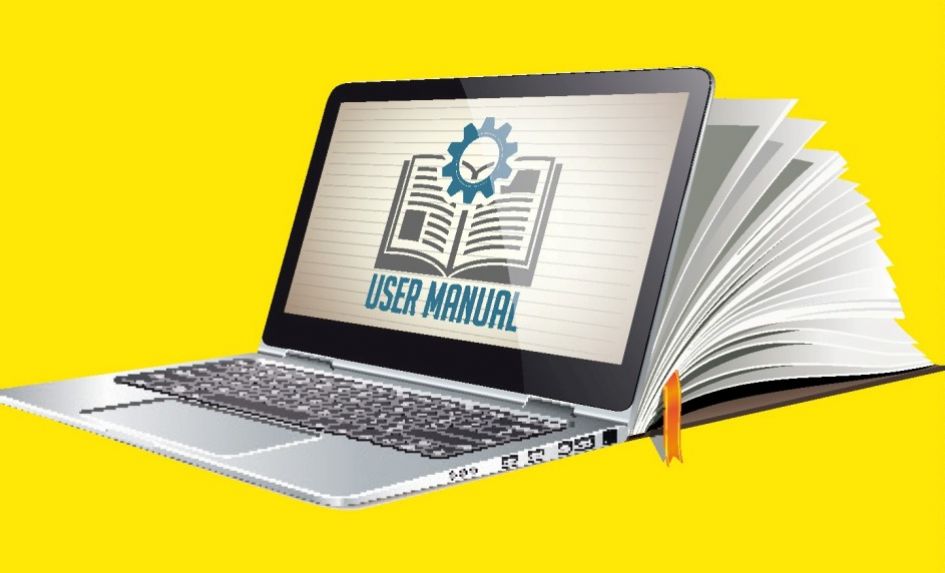It’s crucial that schools have a coherent vision of what they want to offer in terms of educational technology. Ideally, this should be a simple statement, something easy to understand that will help keep things on track.
You could, for example, phrase it as, ‘By the time pupils leave this school, they will be competent and confident users of a wide range of technology.’
Once you’ve settled on what your statement should say and how it should be worded, it can then act as a yardstick by which to judge your future edtech purchases and practices. The question you should be regularly asking yourself during those procurement and development processes is ‘Will this help us to realise our edtech vision?’
The strategic plan itemises who is going to do what and by when, while serving as a basis for your budgeting. Securing agreement for your planned IT spending over the next three to five years may be virtually impossible, but it’s much more likely to happen if you can point to how such spending will help the school meet the objectives set out the strategic plan.
Once your vision and plan are in place, don’t let them languish in the bottom of a filing cabinet. Make sure both are available for all to see via the school’s Learning Platform, or stored in a cloud location where all staff can access them. Consider also adding them to the school website, where they can act as a selling point.
Facilities list
Staff can’t be expected to use your edtech and ICT facilities if they don’t know what they are. Display a comprehensive list of your school’s hardware, software and any other relevant edtech facilities in the staffroom, as well as in the cloud. It may also be worth keeping a list of software licences, as examined in one of my previous PSM articles.
‘How to’ documents
A key barrier to effective edtech use can be staff’s lack of knowledge over how to use it. It’s a good idea to produce a series of simple and concise ‘cheat sheets’ that can help get people started, alongside lengthier guides for the more savvy and ambitious.
These can similarly be stored in the cloud so that colleagues can print off what they need when required, though it’s helpful to also keep some physical copies on hand. The cheat sheets can be subsequently collated into manuals and kept close to any shared laptops and computers or potentially turned into wall posters.
Facilities booking
The procedure for booking your edtech/ICT facilities should be easy, quick and convenient. Situate the relevant booking form, wall planner or similar in a suitable shared space, such as the staffroom, and ensure that your colleagues know where to find it.
Reporting faults
A guide to the procedure for fault reporting is essential. After all, when a device, item of software or online service goes wrong, what can teachers do about it? Collate advice on all three into a single document so that everything staff might need help with is in one place. Again, there can be benefits to hosting this type of information in the cloud where everyone can access it, but ensure that the relevant link is set as ‘Read Only’ to prevent unauthorised editing.
Terry Freedman is an independent education technology consultant and writer.










